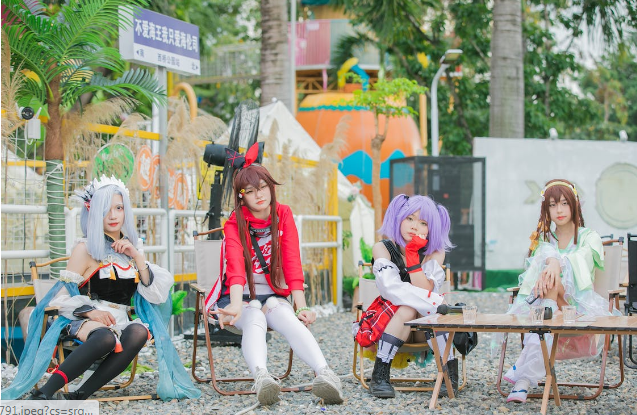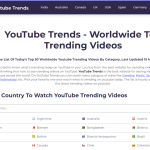Manga and anime are two inseparable pillars of Japanese pop culture, capturing the hearts of fans not only in Japan but all around the world. While both forms of entertainment originate from the same creative roots, they present unique experiences and storytelling styles. In this article, we will delve into the world of manga and anime, highlighting their differences and similarities, and exploring the distinct charm each medium brings to its audience.
Definition and Origin
Manga: Manga refers to Japanese comic books or graphic novels. It encompasses a wide range of genres and caters to various age groups, including children, teenagers, and adults. Manga is typically monochromatic, featuring black-and-white artwork, and is read from right to left, following the traditional Japanese reading order.
Anime: Anime, on the other hand, is animated television shows, films, or web series. It brings manga and other stories to life through dynamic visuals, colorful animation, and voice acting. Anime is often an adaptation of manga, light novels, or video games, and it appeals to a broad audience, both in Japan and internationally.
Visual Presentation
Manga: Manga relies on static illustrations and sequential art. Artists use pen and ink to create detailed drawings and convey the narrative. The reader interprets the story by visually following the panels and speech bubbles on the page.
Anime: Anime, being animated, presents a dynamic visual experience. Characters and scenes come to life with fluid movements, vibrant colors, and intricate details. Animation allows for more visually engaging storytelling and the inclusion of special effects, enhancing the overall experience.
Pacing and Storytelling
Manga: The pace of storytelling in manga is controlled by the reader. You can take your time to absorb each panel and the accompanying dialogue or narration. This allows for a more personalized reading experience, where readers can linger on impactful moments.
Anime: In anime, the pace is controlled by the animation and direction. The timing of scenes, dialogue delivery, and action sequences are all predetermined by the animation studio and director. This often results in a more structured and consistent narrative flow.
Filling in the Gaps
Manga: Readers use their imagination to interpret and fill in the gaps between panels. The lack of animation means readers visualize the movement, expressions, and action sequences in their minds.
Anime: Animation fills these gaps for the viewer. Characters move, emote, and engage in action, giving a complete and explicit visual representation of the story.
Originality and Adaptations
Manga: Manga is often the original source material. Many anime series and films are adaptations of existing manga. The manga allows the creators to establish the story, characters, and world.
Anime: Anime adaptations take the existing story and adapt it for the screen. Sometimes, anime adaptations may diverge from the original manga, offering an alternate ending or additional content.
Accessibility and Reach
Manga: Manga is easily accessible in physical form at bookstores and online. Additionally, digital platforms and apps provide a convenient way to read manga on various devices.
Anime: Anime can be accessed through various streaming platforms, TV channels, DVDs, or Blu-rays. Streaming services offer a wide range of anime titles, making it easier for fans to watch their favorite series and discover new ones.
Audience Engagement
Manga: Readers engage more intimately with the story by flipping through pages, zooming into panels, and absorbing the details at their own pace. The reader forms a direct connection with the physical book.
Anime: Viewers engage with the content through a screen, immersing themselves in the audio-visual experience orchestrated by the animation.
Conclusion
Manga and anime share a symbiotic relationship, with manga often being the source material that brings stories to life in the animated world of anime. Both mediums offer unique and immersive experiences, allowing fans to choose their preferred way of consuming their favorite stories. Whether you’re captivated by the still frames and imagination-stirring nature of manga or the vibrant, dynamic animations of anime, both have a place in the hearts of fans, contributing to the rich tapestry of Japanese pop culture.


